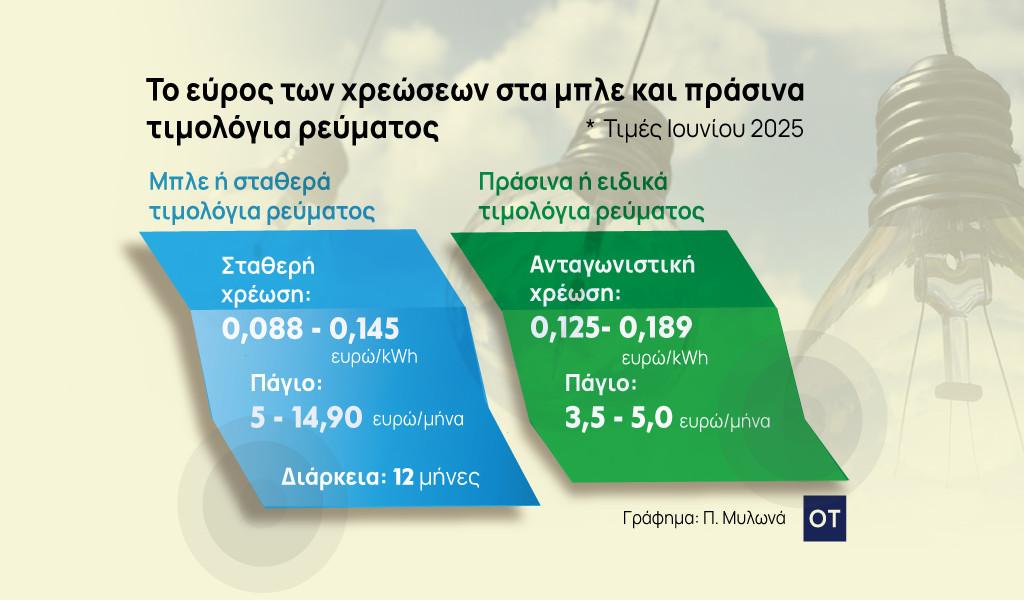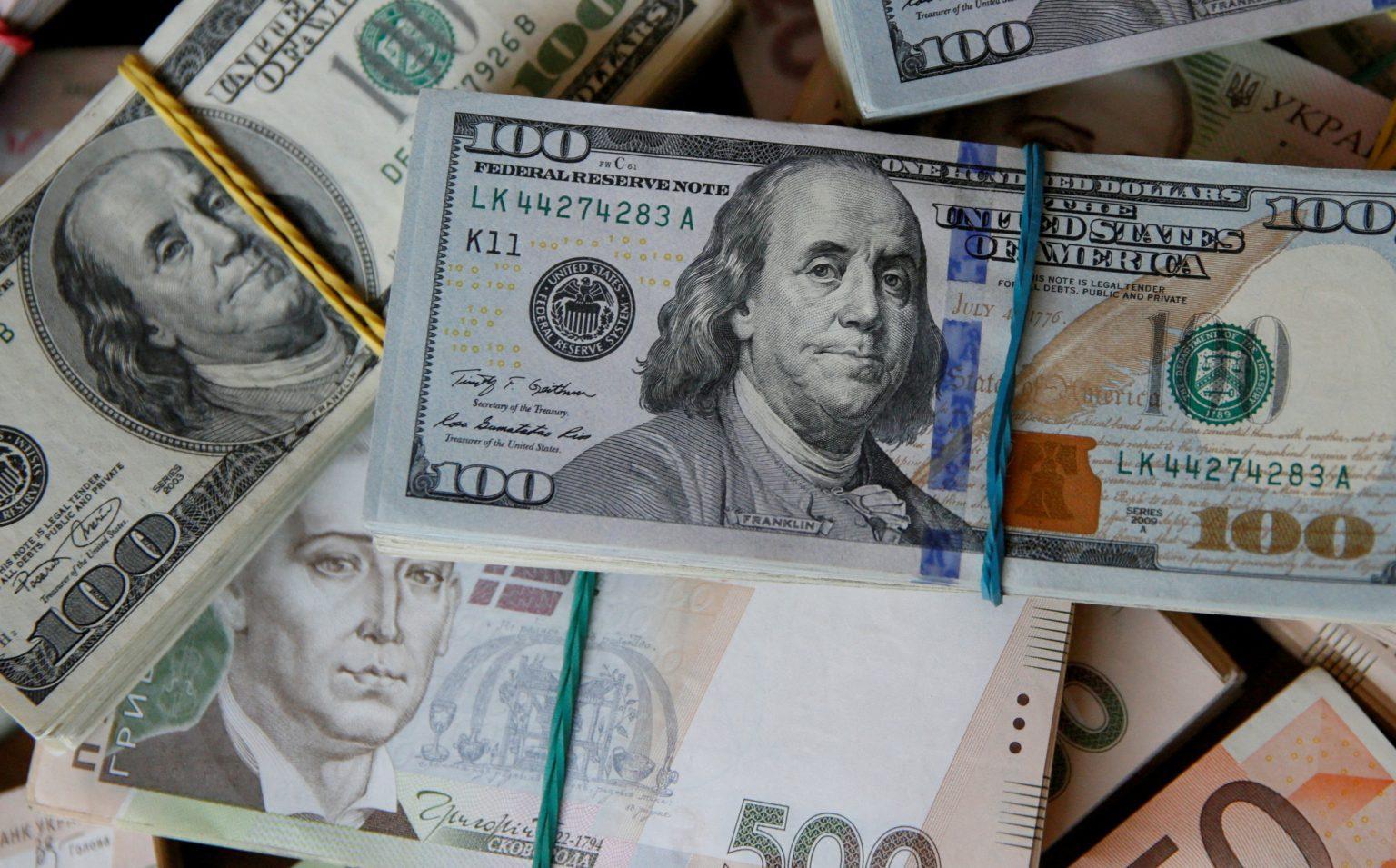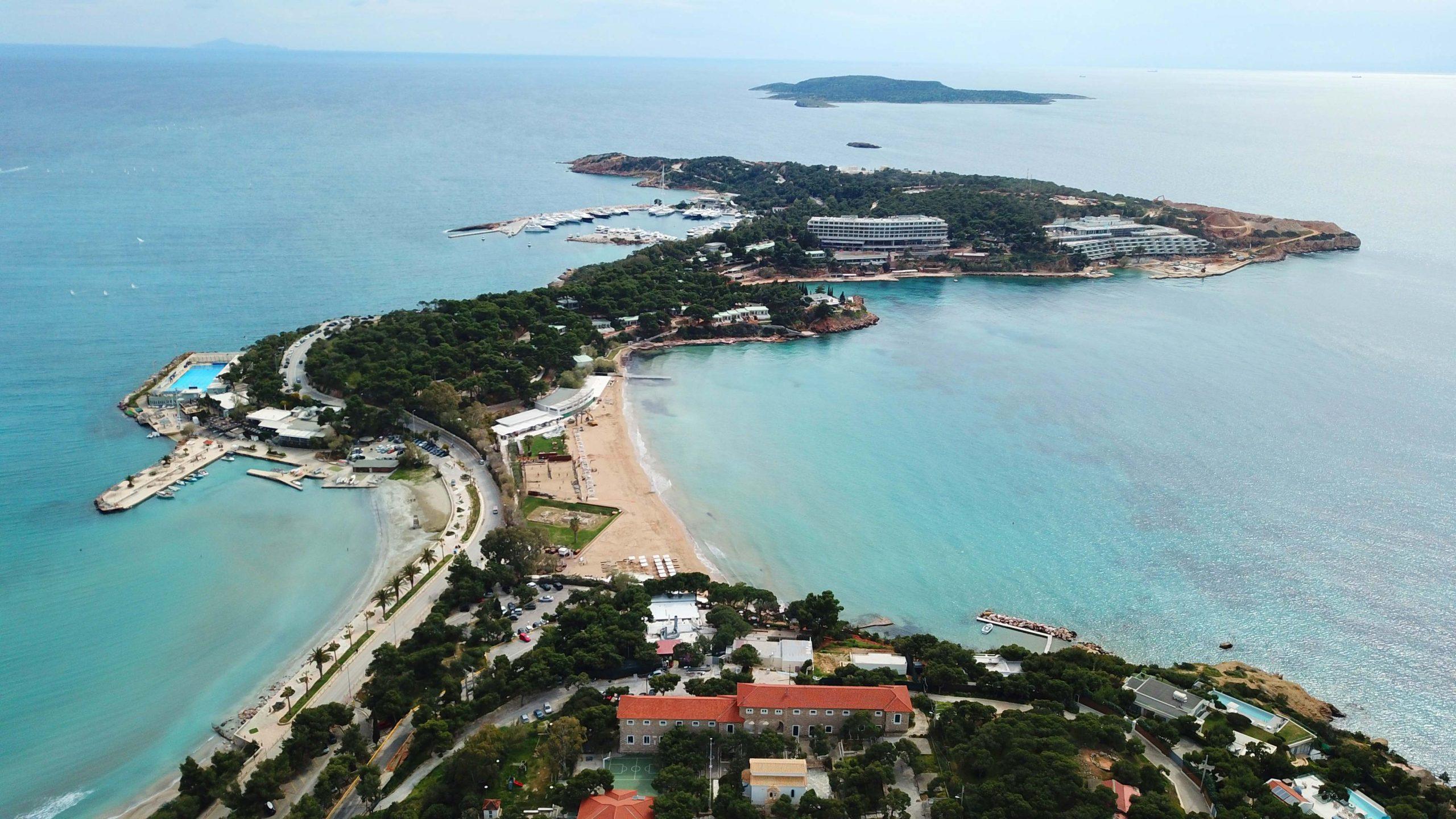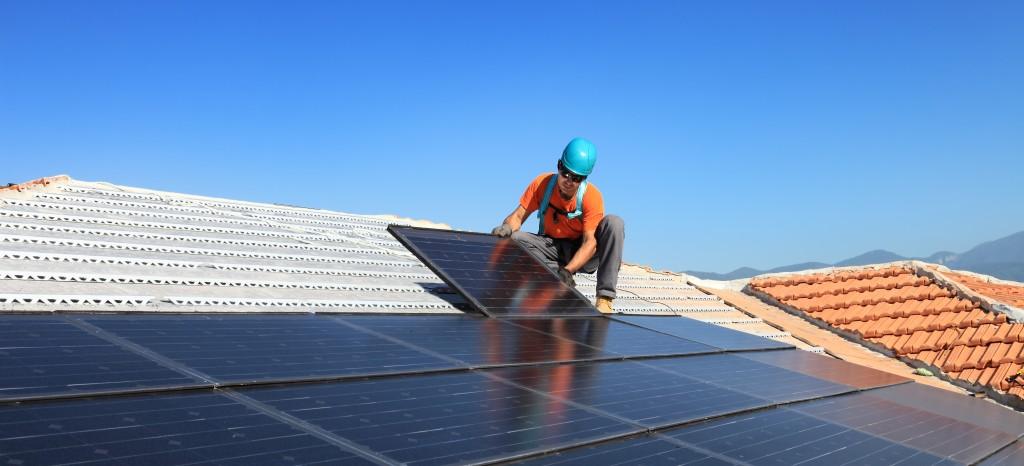Eurostat household savings figures from 2022 show that only citizens of Poland and Greece spent more than they saved and posted negative savings rates of -0.8pct and -4.0pct respectively, against an average EU savings rate of 12.7pct.
The highest savings rates, which is defined as gross household savings divided by gross disposable income, in the EU were recorded in Germany (19.9pct), the Netherlands (19.4pct) and Luxembourg (18.1pct).
Twelve members recorded savings rates below 10pct in 2022, but only Poland and Greece were in ‘the red’ with citizens spending more than their gross income. This means that households dip into their savings or are forced to borrow to finance expenditures, explained Eurostat.
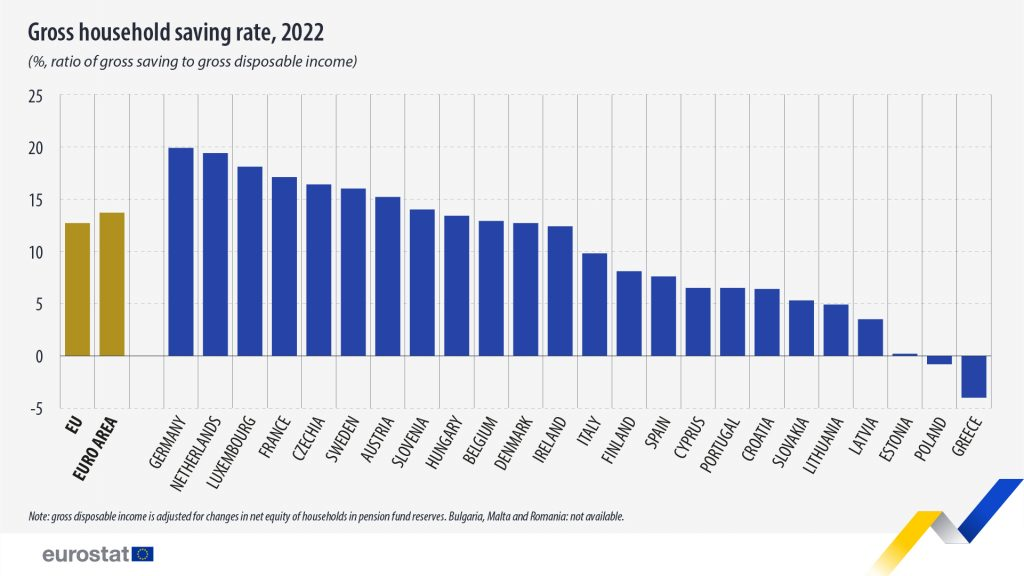
For the first time since 2013, real gross household adjusted disposable income per EU inhabitant decreased 0.8pct in 2022. This in notable because it is the first time since the global financial and economic crisis that rates decreased.
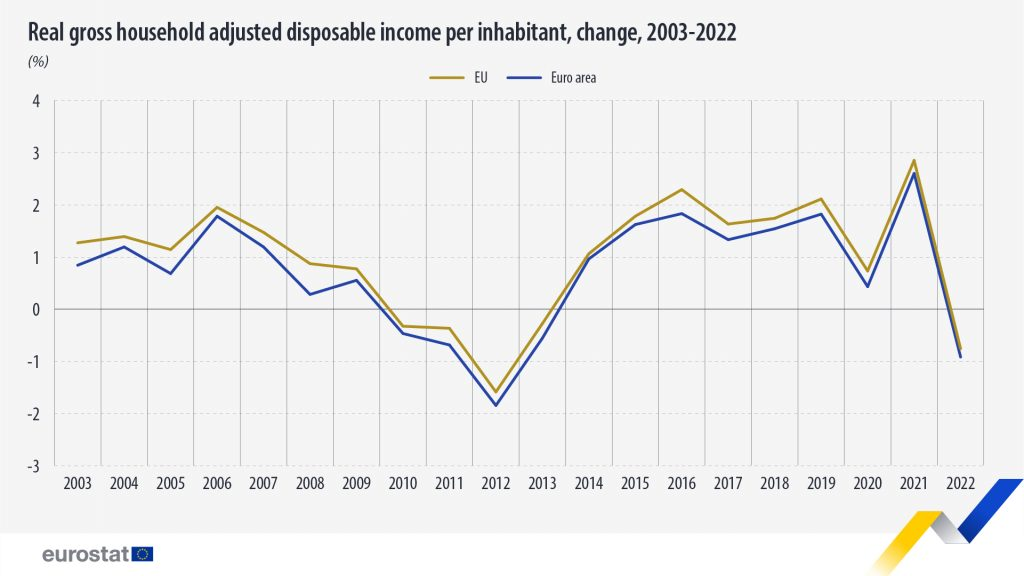
Eurostat defines real gross household adjusted disposable income as the total amount of money households have after subtracting income taxes and pension contributions and goods and services received free or charge from the government and non-profits that serve households (education and health services).
Source: tovima.com











